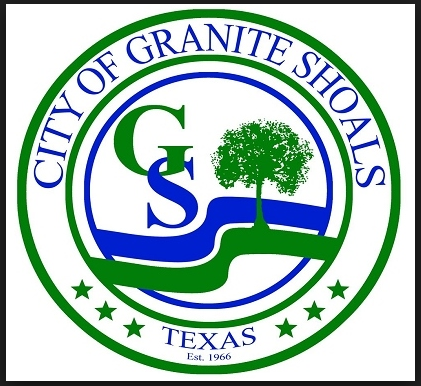Granite Shoals Council enacts rules on deer feeding, police body cam data

By Glynis Crawford Smith
The Highlander
The hotly debated No Deer Feeding Ordinance was passed unanimously by the Granite Shoals City Council Tuesday night, July 12.
The ordinance imposes sanctions on feeding deer that begin with warnings, followed by fines that progress from $50 upward.
“When I started this (work toward a ban on feeding deer), I couldn't even get it on the council agenda, because it is such a difficult subject,” said former City Council Member Slayton Marks.
“I like deer, but they are very over populated here. Feeding them is creating clusters that are a traffic hazard passing in front of you day and night. I wish this was a stronger ordinance, because it is needed.”
The issue remains raw with others who came to address the council.
“A lot of us moved here because of the wildlife,” said Sandra Campbell. “We like to see them out our windows and don't want to see them with their ribs showing.”
Although such an ordinance has been discussed for some years, when it came time for a vote, the council reviewed some of its history, beginning after the Wildlife Committee had been created and the first Urban Deer Town Hall Meeting was held in May 2015.
“Prior to that, the committee sent out a survey,” said Mayor Carl Brugger. “It went to every (utility) account in the city and they received about 389 responses, significant for a survey.”
About 70 percent, 272 people, said yes, Brugger explained. Personally, he has been witnessing the symptoms of parasite infection that follows concentration of deer into urban herds, he said.
The ban works hand-in-glove with a pilot program for thinning antlerless deer by approved bow hunters this fall and winter, a program with which council members Todd Holland and Mike Morren have worked closely.
“The Texas Parks & Wildlife biologist who is our advisor said, 'if you do nothing else, stop feeding those deer',” said Holland. “Ending the feeding ordinance after the end of the pilot program in January would be like emptying a bucket and then refilling it.”
“We are going off what professionals are telling us has worked for other cities,” said Morren. “If we don't do what TPW recommends, we might not get permits to continue the pilot program in the future.”
Interim Police Chief Gary Boshears praised Sgt. Chris Decker for drafting an ordinance, approved unanimously by the council, addressing public information requests for body-worn camera data.
City Manager Ken Nickel explained that such an ordinance was just a pro-active measure in case such a request was made in the future.
“In 2015, the Texas Legislature passed SB 158, an extensive law as how to handle public information requests,” said Boshears. “Sgt. Decker crafted this ordinance to meet requirements of that bill, based on a Las Vegas ordinance, the only one in the country recognized by the American Civil Liberties Union...to protect the privacy of citizens (such as something that went on inside a person's home).
In other action, the council approved appointment of Arturo Rubio the Board of Adjustment and endorsed an ordinance adding a Form Survey Requirement to building permit applications.
The form survey, already required by lending institutions will be added to city records to verify that forms set for a new structure comply with setback and easement rules.
“We have a long history—50 years—of foundations not being properly placed on lots and causing problems,” said Brugger. “This is one way of stopping the confusion.”
Following one of two executive sessions, the council renewed its contract with Bickerstaff Heath Delgado Acosta LLP, the law firm through which Bradley B. Young serves as city attorney.
In a lengthy workshop concerning road improvements, Brugger included concepts discussed at the June 30 Meet With Mayor! event.
He presented an extensive review of engineering studies and recommendations from Greg Haley, moving forward from the former Texas Department of Transportation engineer's earliest studies to an evaluation of improvements of to all three major thoroughfares, prioritized for potential funding constraints.






